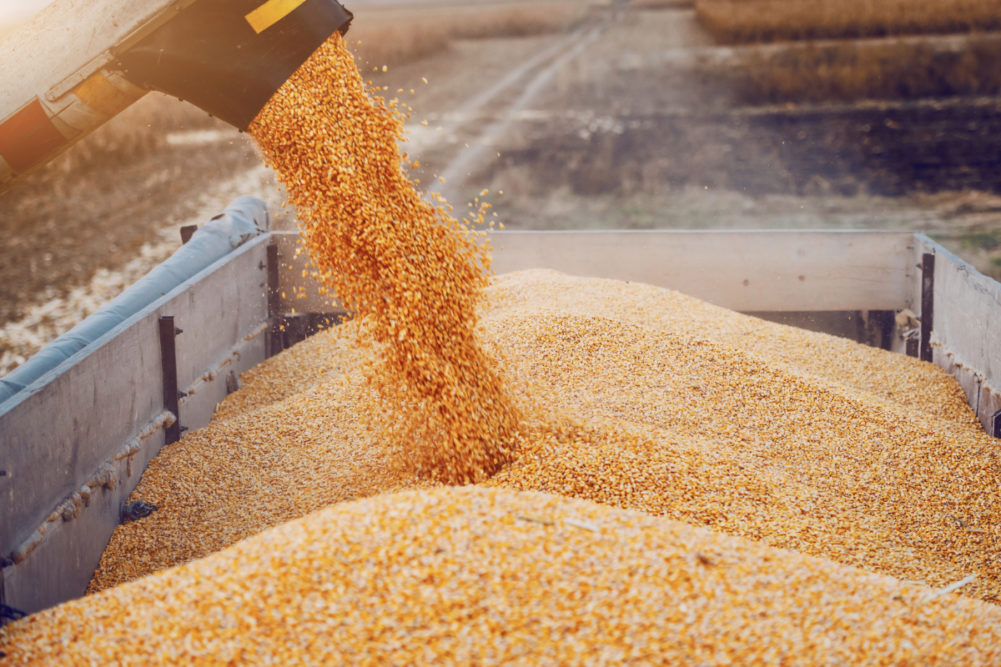
BLOG
Global grain supplies remain solid

Two essential data releases in the global agricultural environment in the past two weeks painted a promising picture of global agricultural supplies and prices — the Food and Agriculture Organisation of the United Nations’s Global Food Price Index and the World Agricultural Supply and Demand Estimates report published by the United States department of agriculture.
The Global Food Price Index averaged 121.4 points in August 2023, down 2% from July, reversing the rebound registered last month. The index is now 24% below its peak reached in March 2022. The drop reflected declines in the price indices for dairy products, vegetable oils, meat and cereals. While Russia’s refusal to renew the Black Sea Grain Deal and India’s decision to ban the exports of some rice categories are disruptive, these price movements reflect an environment of abundant supplies globally.
This time, the problem is the movement of supplies, not the limited harvest — regardless of the worries about the effect of the extreme weather in the US, Canada and parts of Asia.
For example, the US agriculture department forecasts 2023-24 global maize production at 1.2 billion tonnes, up 6% from the previous season. The countries underpinning this improvement in production are the US, Brazil, Argentina, China and the European Union region. The ending stocks could increase by 6% to 314 million tonnes in the 2023-24 season because of the expected robust harvest.
Another vital staple crop is rice, whose 2023-24 global harvest is estimated at 518 million tonnes. This is up by 1% from the previous season. Vietnam, Thailand, the US, Pakistan, China, Indonesia, Bangladesh, the Philippines, and Brazil are the key drivers of this increase in the global rice harvest. Because of the solid consumption, the global stocks could decline from the previous season to about 168 million tonnes.
The 2023-24 global soybean crop is estimated at 401 million tonnes, up 8% from the previous season. The significant recovery in South America’s soybean harvest after a few years of drought and an expected large harvest in the US, Brazil, Argentina, China, Russia, Ukraine and Uruguay are the maize drivers of the expected sizable global soybean crop. Notably, the 2023-24 global soybean stocks could increase by 16% from the previous season to 119 million tonnes.
Unlike other major grains, the US agriculture department forecasts the 2023-24 global wheat production at 787 million tonnes, down marginally (-0.4%) from the previous season. Still, this harvest is far better and well above the long-term average. A decent harvest is anticipated in the EU region, the US, Canada, China, India and Turkey. As a result of the expected minor decline in production and strong consumption, the 2023-24 season’s global wheat stocks could fall by 3% year-on-year to 267 million tonnes. This stock decline could add upward pressure on prices in the coming months, but not dramatically.
Overall, while we are still early in the season, and a lot could change depending on the weather conditions over the coming weeks and months and crop development in the Southern Hemisphere when the season starts in October, the current prospects are broadly positive. If this optimistic crop production materialises, we could see a recovery in the global grains and oilseeds stocks, thus keeping global grain prices sideways over the medium term.
The significant risk is the ban on India’s rice exports. India is an essential global agriculture player; the affected non-basmati white and broken rice accounts for 18% of global rice exports. A ban on such export volume adds upside pressure on prices and limits the gains of the sizable global harvest by slowing prices to consumers. Another problem is Russia’s decision to halt the Black Sea Grain Deal, brokered by the UN and Turkey to combat a global food crisis. Russia’s refusal to renew the deal risks global grain prices.
We need to consistently monitor the crop conditions in the Southern Hemisphere when the season starts in October. A big part of the optimistic global crop production forecast assumes a recovery in South America’s crop conditions.

0 COMMENTS
LEAVE A COMMENT